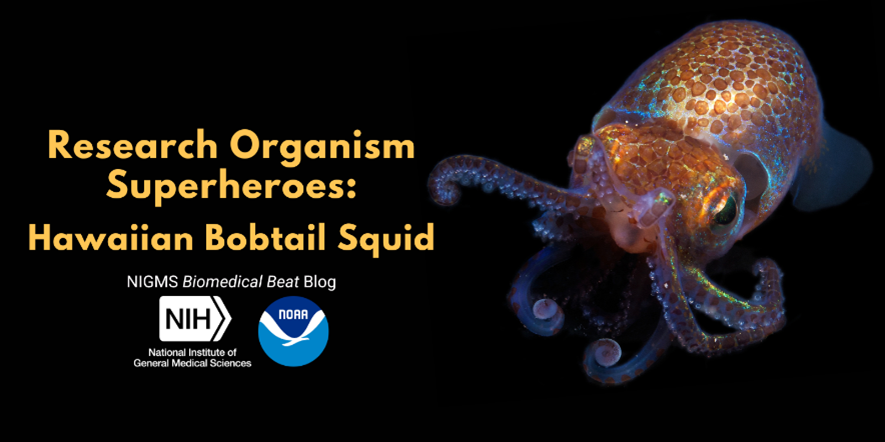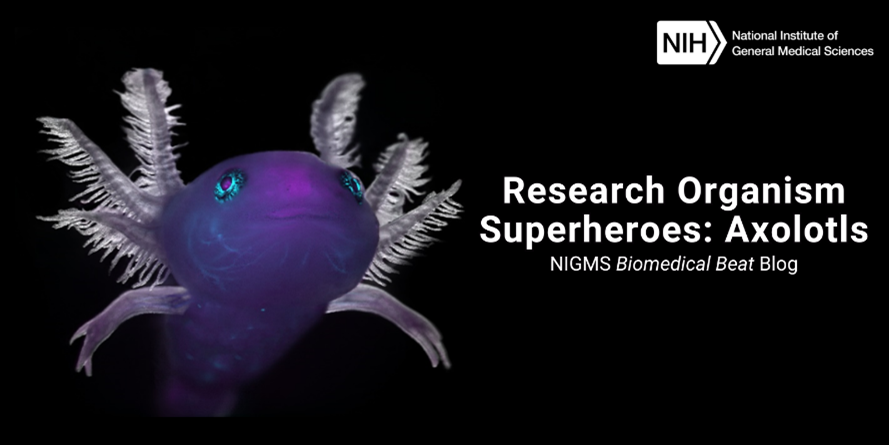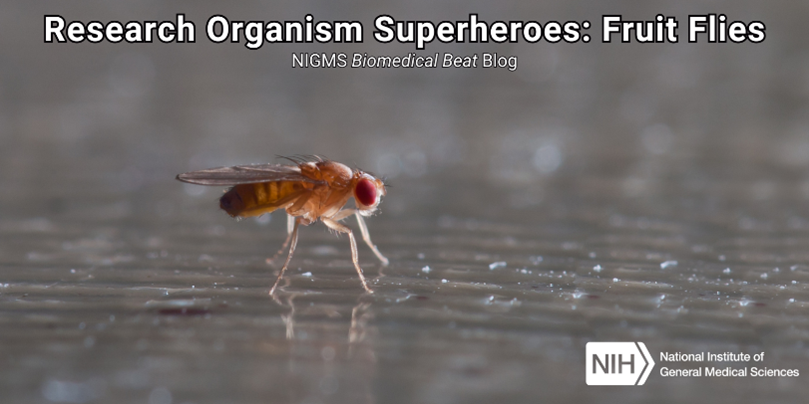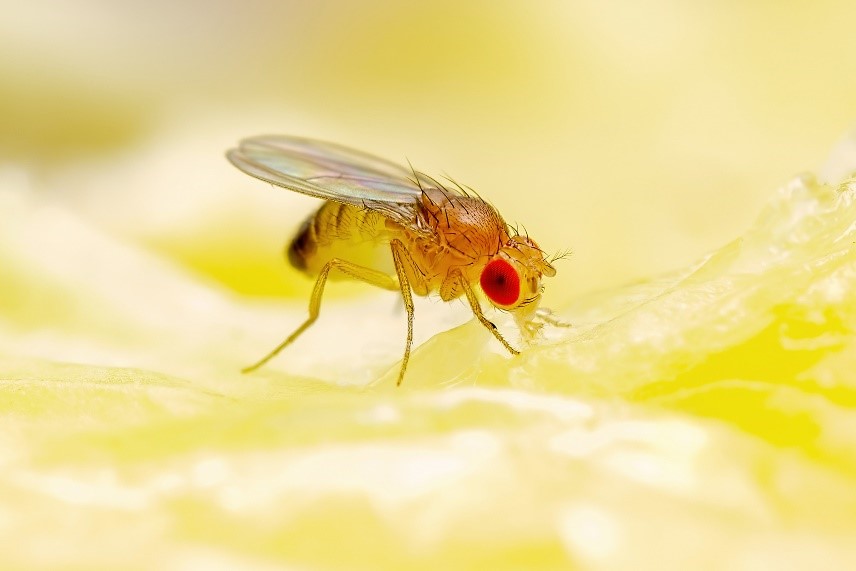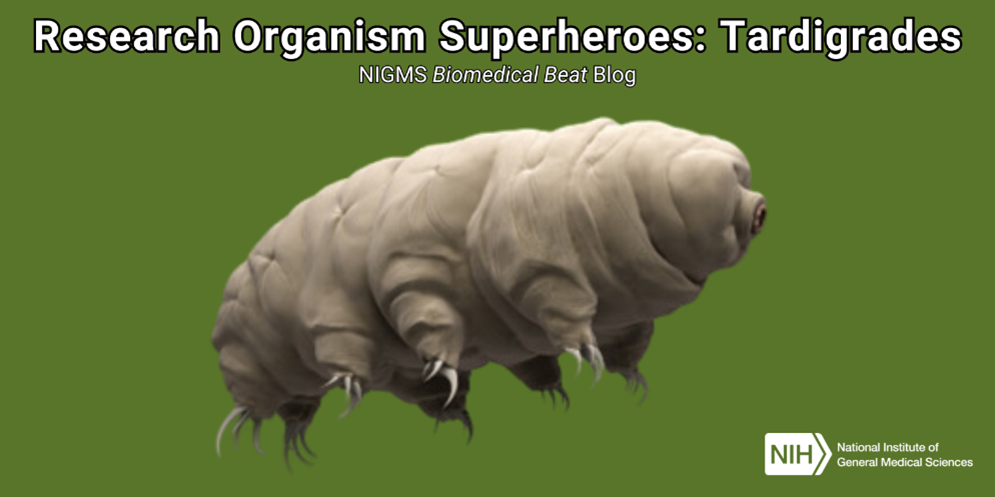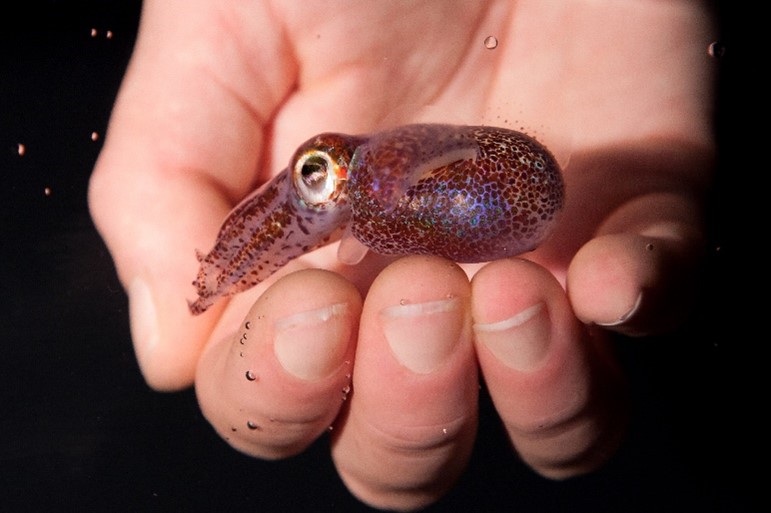
The Hawaiian bobtail squid (Euprymna scolopes) is only about as big as a golf ball, but what it lacks in size, it makes up for in its superpower—an invisibility cloak to be exact. Thanks to its symbiotic relationship with the bioluminescent bacteria Vibrio fischeri, it’s able to seemingly disappear from its predators when swimming at night.
These super-squid live in the shallow coastal waters in the Pacific, like those around the Hawaiian Islands. They’re nocturnal, so they hunt their prey—small shrimp and other crustaceans—at night and hide, often by burying themselves in the sand, during the day while they rest. Although Hawaiian bobtail squid live their short 3-10 month lives around one another, they generally only interact for breeding, and even then, they only reproduce once in their lifetimes and die soon after reproduction.
Continue reading “Research Organism Superheroes: Hawaiian Bobtail Squid”

